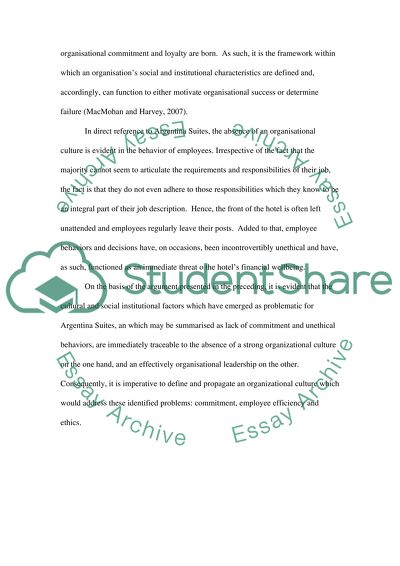Cite this document
(“Motivation and Management (Argentina Suites) Essay”, n.d.)
Motivation and Management (Argentina Suites) Essay. Retrieved from https://studentshare.org/miscellaneous/1540186-motivation-and-management-argentina-suites
Motivation and Management (Argentina Suites) Essay. Retrieved from https://studentshare.org/miscellaneous/1540186-motivation-and-management-argentina-suites
(Motivation and Management (Argentina Suites) Essay)
Motivation and Management (Argentina Suites) Essay. https://studentshare.org/miscellaneous/1540186-motivation-and-management-argentina-suites.
Motivation and Management (Argentina Suites) Essay. https://studentshare.org/miscellaneous/1540186-motivation-and-management-argentina-suites.
“Motivation and Management (Argentina Suites) Essay”, n.d. https://studentshare.org/miscellaneous/1540186-motivation-and-management-argentina-suites.


